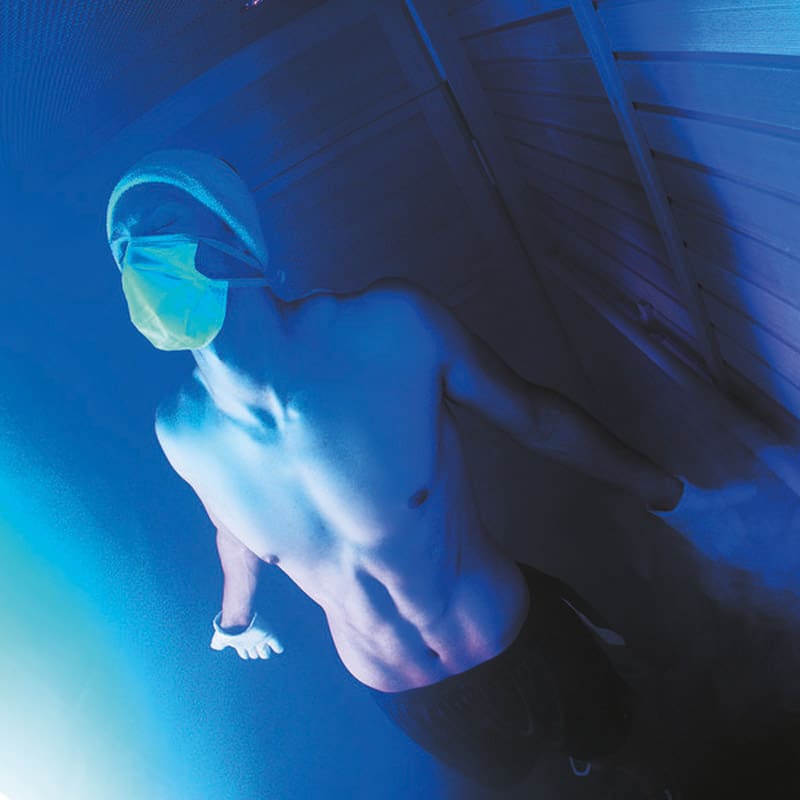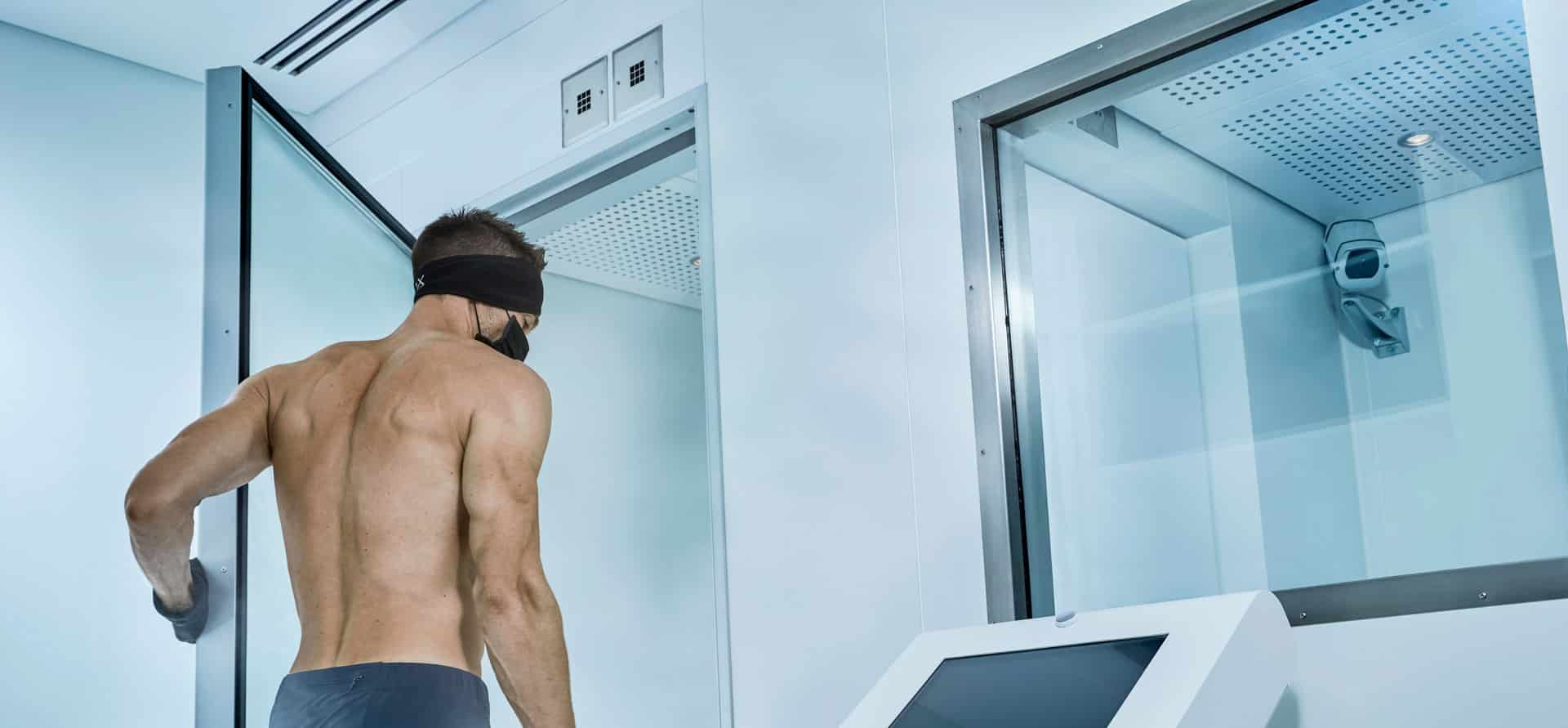Our Resorts
Physical medicine
Physical medicine deals with all diseases of the musculoskeletal system, e.g. spinal, muscle, tendon, bone and joint diseases. The focus is on non-surgical treatment. The aim is to improve, maintain and restore function, movement and activity as well as to treat pain.
THE POWER OF COLD
Cold therapy is a method of physical therapy that we offer at Lanserhof. The short-term effect of -110 °C on the body blocks the pain conductivity and also has an anti-inflammatory effect. The so-called pain memory, which can be over-activated by chronic pain, experiences breaks through the strong pain-relieving effect, which promotes re-regulation. The positive effects of cold application are sometimes already noticeable after one treatment. Most users report a noticeable improvement after about 14 days. This improvement can last up to half a year. The cause of the performance-enhancing effect of whole-body cold therapy is the redistribution of blood in the body: the effect of the cold forces the blood out of the skin and into the body, which improves the blood supply to the muscles. Competitive athletes in particular use this special effect to increase their training efficiency.
Cold dampens inflammations of all kinds. The blood vessels constrict, the skin is less supplied with blood and the sensation of pain decreases. Furthermore, cold has an effect on the skeletal muscles: they are regulated, muscle blood circulation and muscle metabolism are improved.

CRYOTHERAPY PROCEDURE
During the therapy, patients enter the cold chamber in bathing clothes. Patients are protected by mouth and ear protection, gloves, thick socks and sturdy shoes. First they stay in the pre-chambers at -10 °C and -60 °C to acclimatise. The time spent in the cold chamber at -110 °C lasts from two to four minutes. You should walk around slowly and your breathing should be shallow and light. Throughout the entire duration, the therapeutic staff will be present. The number of treatments depends on the nature of the complaints and the intended goal of the therapy.
